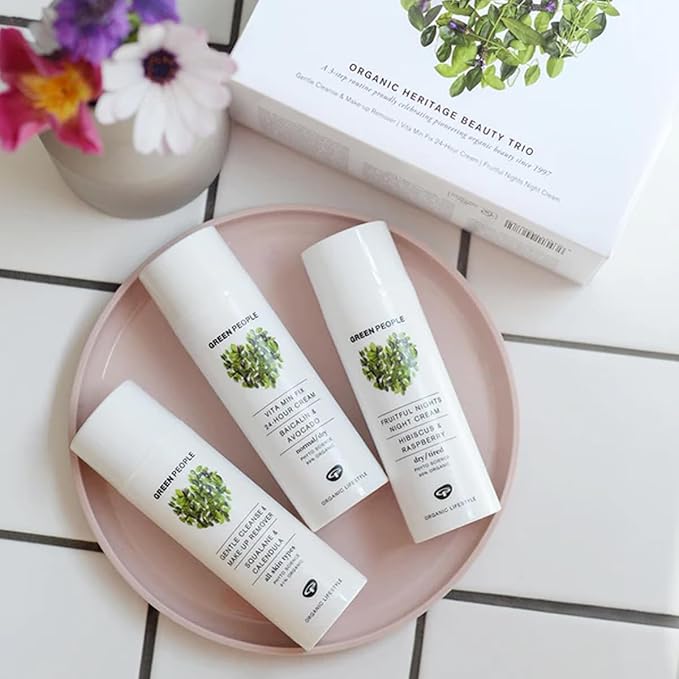First-time visitors to Georgia often want a clear, stress-free introduction that balances culture, nature and everyday comfort. Many begin in Tbilisi, where the airport sits close to the city centre and the compact Old Town allows easy walking between the sulphur baths, Narikala cable car and riverside viewpoints. Sustainable travel here means choosing walkable routes, local cafés and small hotels that support the community. Short trips to Mtskheta add historical depth without long drives, while Kakheti introduces wine traditions through slower, guided visits that reduce unnecessary transport. Some travellers combine Tbilisi with Batumi, using efficient internal travel rather than multiple flights. At Friendly Turtle EcoBlog, we encourage first-time visitors to travel Georgia responsibly by pacing itineraries, staying in family-run guesthouses, joining small-group tours and respecting local ecosystems. These mindful choices help reduce environmental impact while still offering a rich, authentic experience of Georgia’s cities, landscapes and traditions.
Share your articles with us and get published! Reach out at hello@friendlyturtle.com.
Should You Avoid Fluoride In Toothpaste? Fluoride Explained!

You were probably looking for a plastic-free or natural toothpaste for your oral hygiene when you realised that there’s toothpaste's out there that come with fluoride and also fluoride-free. "What's that all about?", I hear you thinking. When deep-diving into the world of natural toothpaste, you're likely going to be faced with these new kinds of questions that you might not yet have the answers to - and we're here to help!
Do any of the below questions sound familiar?
“Why avoid fluoride in toothpaste? Is it safe?”
“What does fluoride do in toothpaste? Is it good for my teeth?”
“Which option is better, toothpaste with or without fluoride?”
Besides brushing your teeth and flossing every day, choosing the right toothpaste is essential for good dental care. That’s why we’ll answer those questions for you. So, have a read below to discover when and why to have it and why you might want to avoid fluoride in your new toothpaste!

What Is Fluoride?
Before answering your question: What does fluoride do in toothpaste? You need to know what fluoride is in the first place.
Fluoride is a naturally occurring mineral found in the Earth, particularly in soil and rocks. But it can also be found in small amounts in plants, the air, and water sources, like the ocean.
And of course, as you already know: It’s a common ingredient in dental care products, like toothpaste and mouthwash.
Even though it’s a “natural” ingredient, it doesn’t mean it isn’t toxic.
What Does Fluoride Do in Toothpaste?
Not many people wonder: “what does fluoride do in toothpaste?” while brushing their pearly whites. But we know you’re not like most people, so here’s your answer:
Your toothpaste contains fluoride because this ingredient improves your dental health. Not only does fluoride protect teeth against decay but it also helps repair tooth damage. And it makes this possible by promoting remineralization and protecting teeth against the opposite process: demineralization.
Don’t worry, we’ll explain how those processes work:
When you eat carbs and sugar, the bacteria in dental plaque produce acids that break down the hard outer layer of your teeth. This process is called demineralization and it’s the first sign of tooth decay.
The fluoride acts as a remineralization agent to speed up the growth of the new surface (which is acid resistant) to help repair tooth damage.

What Are The Benefits Of Fluoride?
Fluoride isn't all bad. Whilst a lot of people might want to avoid fluoride, it still certainly has a lot of benefits when used in your toothpaste and within the dental industry.
- It strengthens the outer layer of your teeth (known as the enamel)
- It can prevent the growth of harmful oral bacteria
- It reverses early signs of tooth decay
- It help to prevent cavities
Why Avoid Fluoride in Toothpaste?
If fluoride has so many benefits for your dental hygiene, you might be wondering: Why avoid fluoride in a toothpaste then?
Some people avoid fluoride in toothpaste because ingesting this mineral in large quantities can lead to dental fluorosis. This condition produces white lines or spots on the surface of your teeth. That said, this only happens if your teeth are still forming under your gums.
Yes, toothpaste is not meant to be ingested, but young children don’t know this! That’s why it’s recommended to supervise children while they brush their teeth.
There’s also another side effect of ingesting fluoride: Skeletal fluorosis.
Drinking water with high levels of fluoride or swallowing toothpaste over many years can lead to skeletal fluorosis. Common symptoms of this condition include joint pain and stiffness. But that’s not all, ligaments may calcify in severe cases, which cause pain and trouble moving!
Keep reading to find out when and why avoid fluoride in toothpaste!

Should You Use Fluoride-free Toothpaste?
Fluoride is the most effective ingredient to protect your teeth from cavities. And as long as you spit it out after brushing your teeth, it’s a safe option to keep your pearly whites healthy. But that’s a personal choice that has a lot to do with your age, fluoride needs, and preferences. So, here are some considerations you should keep in mind when choosing the right toothpaste for you and your family:
Fluoride And Children
Fluorosis usually affects children who are still in the teeth forming years. For young children, fluoride-free toothpaste would be a practical option to prevent them from swallowing fluoride. But if you prefer toothpaste with fluoride, check these recommendations:
- Supervise children’s use of toothpaste to make sure they spit it out.
- Children under the age of three shouldn’t use more toothpaste than a grain of rice. Also, their toothpaste should have a fluoride level of 1,000 parts per million (ppm).
- Anyone ages 3 and older should use a pea-sized amount of toothpaste. Plus, their toothpaste should have a fluoride level of 1,350-1,500 ppm.

Fluoride And Adults
Fluoride-free toothpaste would be a good option for you if you’re allergic to fluoride. And if you’re unsure about using fluoride, you could ask your dentist what ingredients would be appropriate for your oral hygiene and preferences.
The good news is, you have options! Whatever you decide to go with, you will always be able to find toothpaste both with and without fluoride. Brushd, for example, has toothpaste tablets with and without fluoride, so you can pick up the one that works best in your routine, and they are great for travel.
And whilst we're on the subject, natural toothpaste these days is not only available with and without fluoride but also in tablets as well. A lot of choices - I know! So now you know what fluoride does in toothpaste, you can get back to figuring out whether you want toothpaste tablets or normal, natural toothpaste :)
Hopefully, this article answered your question: “what does fluoride do in toothpaste?” and now you know why some people avoid fluoride in toothpaste!
Sources:
0 comments
Let customers speak for us
Blog posts
A calm, multifunctional garden can be more than a pretty backdrop it can become a practical extension of your home that supports slow mornings, outdoor meals, and genuine downtime. In this Friendly Turtle EcoBlog guide, we look at simple, sustainable ways to shape an outdoor space that feels organised, welcoming, and easy to use throughout the week. Start by creating clear “zones”: a quiet seating corner for reading, a dining spot for relaxed lunches, and a flexible open area for play or potting. Light-touch structures, such as an airy pergola or a sheltered veranda, add definition without blocking daylight, making the garden usable in changeable weather. Keep the mood restful with layered planting: evergreens for year-round structure, seasonal flowers for colour, and lightly scented herbs near paths. Choose reclaimed or recycled materials where possible, add soft warm lighting, and reduce water waste with mulch and a simple rainwater butt. The result is a garden that feels calm, functional, and kinder to the planet.
Finding the right mental health support in Woodland Hills starts with checking credentials, treatment approach and access to care. Look for licensed clinicians with training in evidence-based therapies such as CBT or DBT, and ask whether programmes offer coordinated psychiatry, talking therapy and crisis support when needed. The best providers also explain your options clearly, from outpatient sessions to more structured day programmes, and may include complementary practices that support recovery, such as mindfulness, movement and nutrition guidance. At Friendly Turtle EcoBlog, we often explore how everyday choices shape wellbeing; this guide applies the same practical lens to mental health care, helping you compare services, understand what ‘holistic’ really means, and choose a setting that feels safe, respectful and tailored to your needs. It also highlights practical questions to ask about availability, confidentiality, fees and insurance, so you can make a confident, informed decision.



